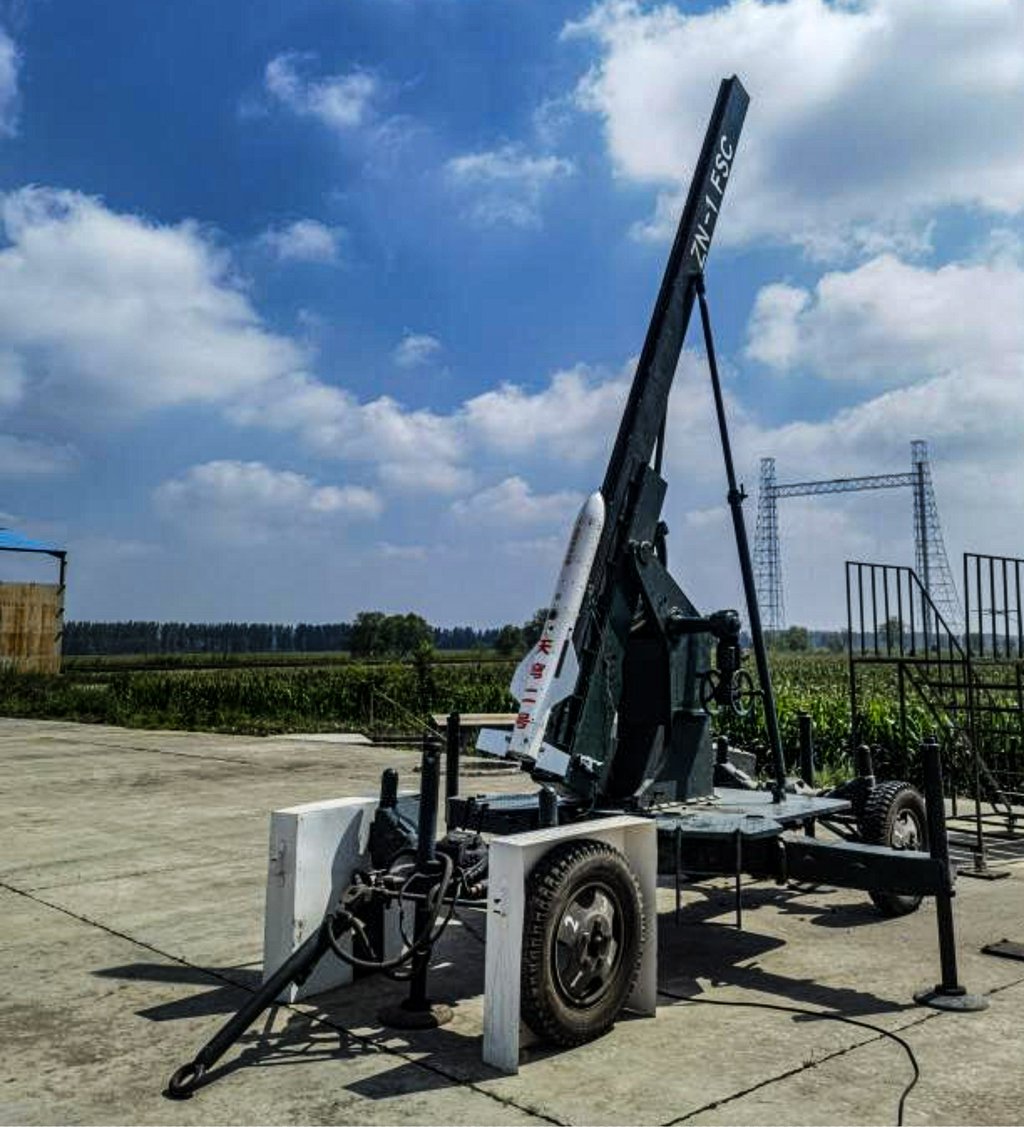Chinese defence scientists seek to turn old rocket artillery into plane-killing glider
Technological upgrades to make rocket artillery capable of striking aerial targets may rewrite the rules of warfare

Today, Chinese scientists and engineers are pursuing technological upgrades to transform the affordable, mass-producible traditional rocket artillery into a system capable of striking aerial targets.
A research team led by professor Zhang Shifeng at the National University of Defence Technology’s College of Aerospace Science and Engineering has developed a small rocket named Tianxing-1 or “Sky Star-1”.
Unlike conventional rocket artillery, this guided munition features lift-enhancing wings and adjustable tail fins for extended range and powerless-flight manoeuvrability.
The Tianxing-1 operates on principles similar to hypersonic glide missiles, but travels at a far slower pace. Its maximum speed of 200 metres (656 feet) per second, or just over half the speed of sound, may see it struggle to chase high-speed aircraft or drones.
